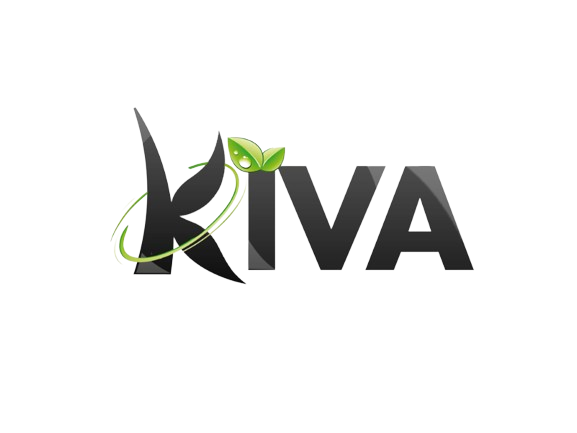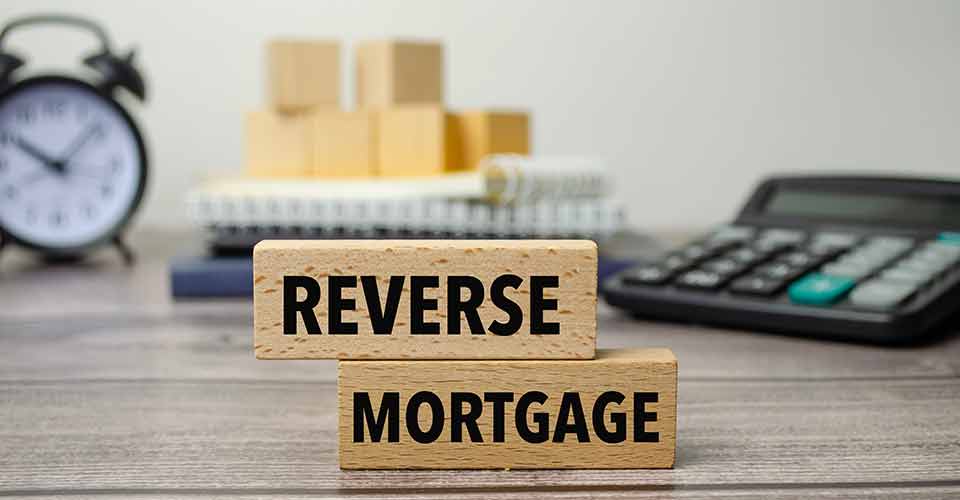A jumbo reverse mortgage is a reverse mortgage loan that exceeds the loan limit set by the Federal Housing Finance Agency (FHFA). In most areas of the United States, the loan limit is $625,000. However, in high-cost areas, the limit can be as high as $636,150. Jumbo reverse mortgages are available through private lenders, and they typically have higher interest rates and fees than standard reverse mortgages.
Recommended: What not to do when applying for a mortgage? What is a mortgage call report?
1. What is a jumbo reverse mortgage?
A jumbo reverse mortgage is a type of reverse mortgage that allows homeowners to borrow against the equity in their homes without having to make monthly mortgage payments. The amount that can be borrowed is based on the value of the home, the age of the borrower, and the interest rate.
Jumbo reverse mortgages are available through private lenders and are not insured by the Federal Housing Administration (FHA). This means that they may be available to borrowers with higher home values, but they may also come with higher interest rates and fees.
Like traditional reverse mortgages, jumbo reverse mortgages can be used for any purpose, including home improvements, paying off debt, or providing income in retirement. Borrowers are not required to make monthly mortgage payments, but they are responsible for paying property taxes and insurance, and for maintaining the property in good condition.
If the borrower fails to meet these obligations, the lender can foreclose on the property. However, because the loan amount is based on the value of the property, the borrower will never owe more than the value of the property, even if the loan balance exceeds the value of the property.
If you are considering a jumbo reverse mortgage, it is important to compare offers from multiple lenders to find the loan that best meets your needs.
2. How does a jumbo reverse mortgage work?
A jumbo reverse mortgage is a type of reverse mortgage that allows homeowners to borrow against the equity in their homes without having to make monthly mortgage payments. The loan amount is based on the value of the home, and the homeowners must be at least 62 years old to qualify.
With a jumbo reverse mortgage, the loan balance does not have to be paid back until the homeowners sell the home or die. If the home is sold, the loan balance is paid from the proceeds of the sale. If the homeowners die, the loan balance is paid from their estate.
Jumbo reverse mortgages are available from some private lenders and from the government-sponsored enterprises (GSEs), Fannie Mae and Freddie Mac. The loan limits for a jumbo reverse mortgage are higher than for a regular reverse mortgage, and the interest rates are usually higher as well.
Because jumbo reverse mortgages are not federally insured, they are considered to be more risky for lenders and borrowers alike. As such, they typically have stricter eligibility requirements than regular reverse mortgages. Borrowers must usually have a higher home value and be younger than the GSE loan limits to qualify. In addition, borrowers must typically have a good credit history and a low debt-to-income ratio.
Jumbo reverse mortgages can be a good option for homeowners who have a lot of equity in their homes and who want to borrow against that equity without having to make monthly mortgage payments. However, because they are more risky for both lenders and borrowers, they typically have higher interest rates and stricter eligibility requirements than regular reverse mortgages.
3. What are the benefits of a jumbo reverse mortgage?
A jumbo reverse mortgage is a type of home equity loan that allows homeowners to borrow against the equity in their homes. This loan is specifically designed for homeowners who have a high-value property, such as a luxury home or a home in an expensive real estate market.
There are several benefits of taking out a jumbo reverse mortgage, including:
1. You can borrow a large amount of money.
With a jumbo reverse mortgage, you can borrow up to $4 million. This is significantly more than the $625,500 limit for a standard reverse mortgage. This can be a great option if you need a large amount of money for things like home improvements, medical expenses, or living expenses in retirement.
2. You can stay in your home for as long as you want.
With a jumbo reverse mortgage, there are no monthly payments required. This means that you can stay in your home for as long as you want. You only need to make sure that you keep up with property taxes and insurance.
3. You can use the money for any purpose.
With a jumbo reverse mortgage, you can use the money for any purpose. There are no restrictions on how you can spend the money. This can be a great option if you need the money for something specific, such as home repairs or medical expenses.
4. You will not owe more than the value of your home.
With a jumbo reverse mortgage, you will never owe more than the value of your home. This is because the loan is secured by your home equity. If the value of your home goes down, you will still owe the same amount on the loan.
5. You can get the money in a lump sum or in monthly payments.
With a jumbo reverse mortgage, you can choose to receive the money in a lump sum or in monthly payments. This can be a great option if you need the money for immediate expenses or if you want to have a steady stream of income in retirement.
If you are considering a jumbo reverse mortgage, be sure to talk to a financial advisor to see if it is the right option for you
4. What are the risks of a jumbo reverse mortgage?
When it comes to taking out a reverse mortgage, there are a few different types that you can choose from. One option is a jumbo reverse mortgage. While this type of loan can offer some great benefits, there are also some risks that you need to be aware of. In this blog, we’ll take a look at four of the risks associated with a jumbo reverse mortgage.
1. Higher Interest Rates
One of the biggest risks of a jumbo reverse mortgage is that the interest rates are generally higher than with a traditional reverse mortgage. This means that you could end up owing more money in interest over the life of the loan.
2. Limited Loan Amount
Another risk is that the loan amount may be limited. This means that you may not be able to borrow as much money as you need.
3. Higher Fees
Another risk is that the fees associated with a jumbo reverse mortgage may be higher than with a traditional reverse mortgage. This includes things like closing costs and origination fees.
4. stricter Eligibility Requirements
Finally, another risk is that the eligibility requirements for a jumbo reverse mortgage may be stricter than with a traditional reverse mortgage. This means that it may be more difficult to qualify for this type of loan.
5. How can I get a jumbo reverse mortgage?
A jumbo reverse mortgage is a type of reverse mortgage that allows you to borrow against your home equity without having to worry about the home’s value. With a jumbo reverse mortgage, you can borrow up to $4 million, which is more than the $2 million limit for a traditional reverse mortgage.
If you are over the age of 62 and own a home that is worth more than $2 million, a jumbo reverse mortgage may be a good option for you. With a jumbo reverse mortgage, you can borrow against your home equity without having to worry about the home’s value. With a traditional reverse mortgage, you can only borrow up to $2 million.
If you are considering a jumbo reverse mortgage, there are a few things you should know. First, you will need to find a lender that offers jumbo reverse mortgages. Not all lenders offer this type of loan. Second, you will need to have a good credit score and a steady income. Third, you will need to have enough equity in your home to qualify for the loan.
If you are looking for a way to borrow against your home equity without having to worry about the home’s value, a jumbo reverse mortgage may be a good option for you.


Leave a Reply